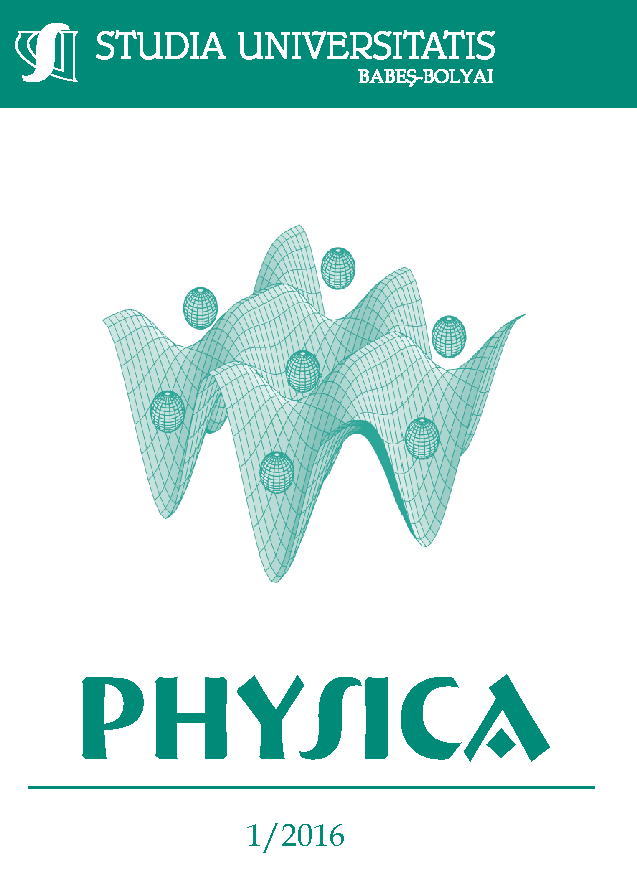IDENTIFICATION OF ALKALOIDS IN THE “CLAVICEPS PURPUREA” FUNGUS
Keywords:
qualitative analysis, Claviceps purpurea fungus, alkaloids, rye flour, bread, spectrofluorimetry.Abstract
Modern nutritionists worldwide require quality foods, based on crude vegetables and breads. Important nutritional benefits are provided by bakery products based on rye (Secale cereale L.), still contaminated rye flour with the fungus Claviceps purpurea may occur. Still a lot of dangerous substances can be found accidentally in natural products, causing accidental intoxication or even death. The present case study is meant to find quick analysis on unprocessed rye flour, Secale cereale, in order to define the presence of main compounds indicating contamination with Claviceps purpurea. Qualitative analysis using spectrofluorimetry confirmed literature data and revealed presence of gluten, ergometrine, growth factors, ergoalkaloids, lysergic acid and starch.
References
Jan Jirschitzka, Gregor W. Schmidt, Michael Reichelt, Bernd Schneider, Jonathan Gershenzon and John C. D’Auria – “Plant tropane alkaloid biosynthesis evolved independently in the Solanaceae and Erythroxylaceae”, Proceedings of the National Academy of Sciences USA, Early Edition, June 6-th 2012, DOI: 10.1073/pnas.1200473109, PNAS vol 109(26) (2012) 10304-10309.
Analysis of Drugs and Poisons - www.medicinescomplete.com/mc/clarke/current
R. Fischbach, W. Gross-Fengels, R. Schmidt. Ergotism: an occasional unrecognized cause of acute ischemia of the extremities. [German] Rontgenblatter 43(5) (1990) 213-219.
European Commission, Official Journal of E U, EU Recommendation (2012/154/UE).
Scientific Working Group for the Analysis of Seized Drugs (SWGDRUG) Recommendations, UNITED STATES Department of Justice, Drug Enforcement Administration, Executive Office of the President Office of National Drug Control Policy, Counterdrug Technology Assessment Center, Washington D.C., 2011.
C. Mărutoiu, L. Oprean, O.F. Mărutoiu, M.L. Soran, C. Tigae, M.C. Goncea – “Quality control of commercial mustard by thin-layer chromatography”, J. Planar Chromatogr.-Mod. TLC, 18 104 (2005) 282-284.
Daniela Boehl, Dörte Solle, Bernd Hitzmann, Thomas Scheper, „Chemometric modelling with two-dimensional fluorescence data for Claviceps purpurea bioprocess characterization” Journal of Biotechnology 105 (2003) 179-188.
S. G. Stevenson and K. R. Preston, “Intrinsic Fluorescence and Quenching Studies of Gluten Proteins”, Cereal. Chem. 71(2) (1994) 155-159.
W. Slavin, A.T.R. Williams, R. F. Adams, “A fluorescence detector for high pressure liquid chromatography”, J. of Chromatography 134(1) (1977) 121-130.
Robert J. Flanagan, Andrew A. Taylor, Ian D. Watson, Robin Whelpton, “Fundamentals of analytical toxicology”, John Wiley & Sons Ltd., 2007, London, United Kingdom.
A. H. Beckett, J. B. Stenlake, “Practical Pharmaceutical Chemistry, Part II, Athlone Press, 1988, London, United Kingdom.
European Food Safety Authority (EFSA), Parma, Italy, EFSA Journal 10(7) (2012) 2798.
Schulmann, S., Molecular Luminescence Spectroscopy - Methods & Application,/Part 1, Chemical Analysis, vol.77. Wiley & Sons, New York, 1985.
Indiana Biology Standards Resource, B.1.4, B.1.6 / Curriculum Framework, 2003, USA.
CODEX ALIMENTARIUS, Recommended methods of analysis and sampling, Codex stan 234-1999.
www.medibena.com, E2SD001, Bioassay Systems – Starch, 2008.
Downloads
Published
How to Cite
Issue
Section
License
Copyright (c) 2016 Studia Universitatis Babeș-Bolyai Physica

This work is licensed under a Creative Commons Attribution-NonCommercial-NoDerivatives 4.0 International License.






